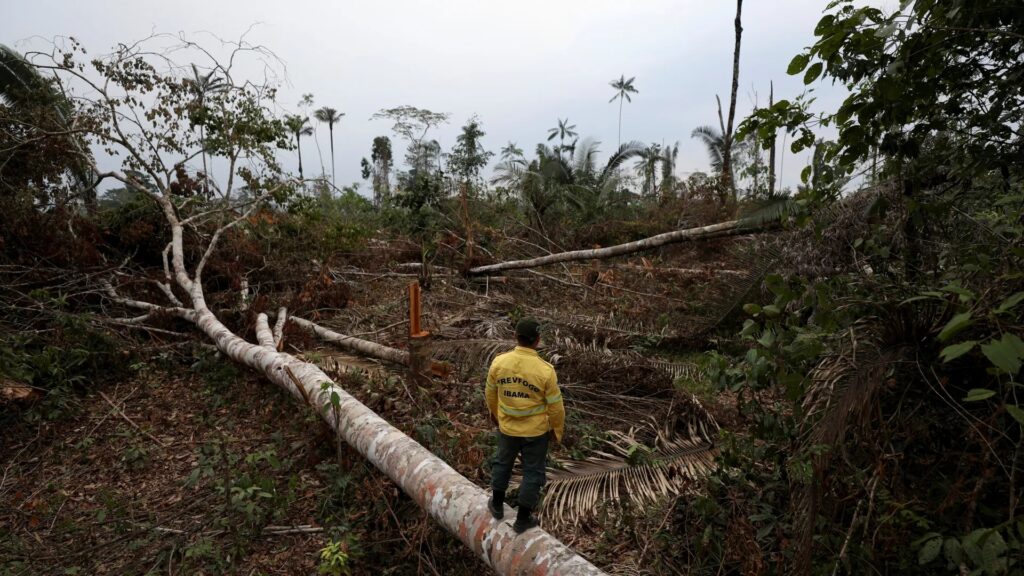
The Amazon rainforest, often referred to as the “lungs of the Earth,” is facing unprecedented threats. As we approach 2030, the urgency to preserve this vital ecosystem has never been greater. Despite global commitments to halt deforestation, recent data reveals a grim reality: the Amazon continues to suffer from rampant deforestation, devastating wildfires, and the looming impacts of climate change. Let’s dive into the current state of the Amazon, the challenges it faces, and the prospects for its survival by 2030.
The Amazon’s Ecological Significance
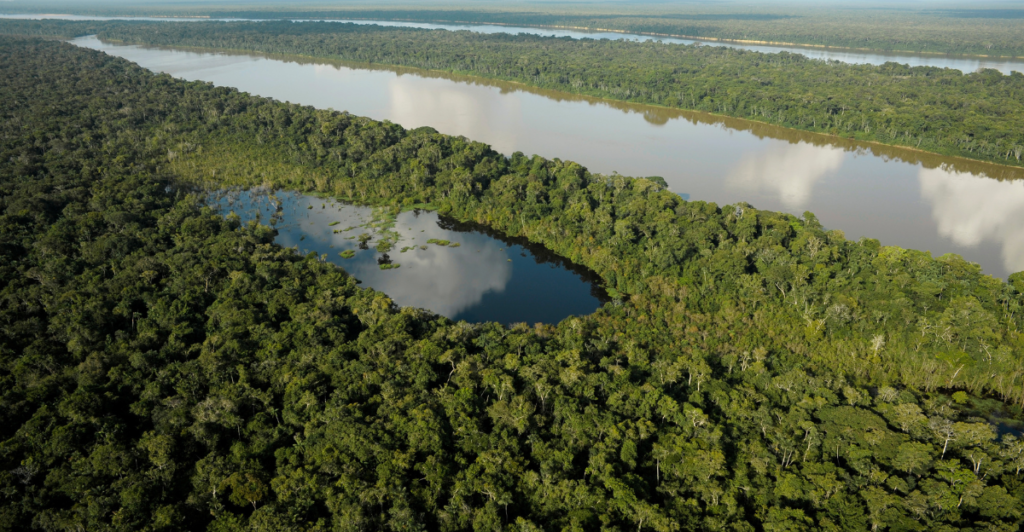
Spanning over 5.5 million square kilometers, the Amazon rainforest is home to an unparalleled diversity of flora and fauna. It plays a crucial role in regulating the global climate by absorbing vast amounts of carbon dioxide. Moreover, it influences weather patterns far beyond its borders, affecting rainfall and temperature globally. The loss of this rainforest would not only mean the extinction of countless species but also exacerbate climate change, leading to more frequent and severe weather events worldwide.
Deforestation Trends
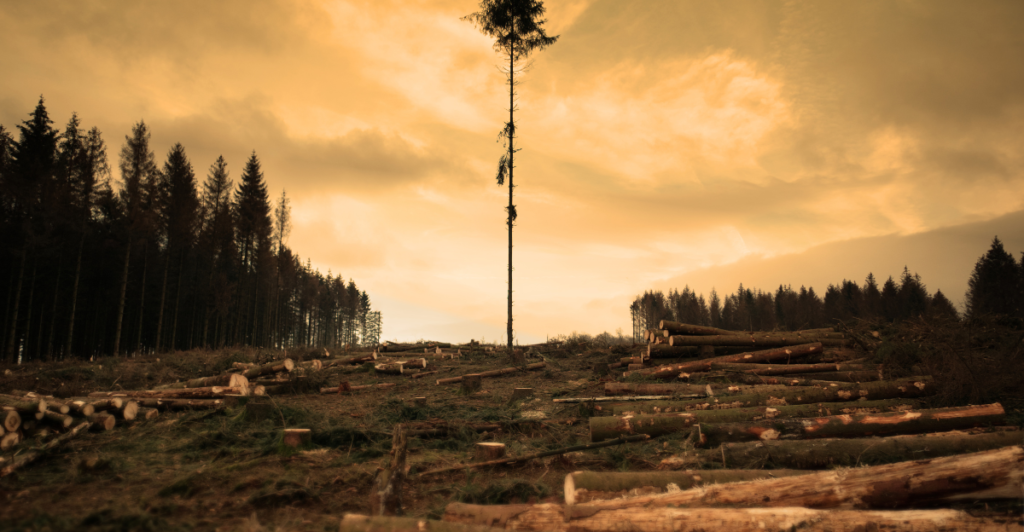
Despite international pledges to end deforestation, the Amazon continues to be razed at alarming rates. In 2024 alone, Brazil experienced its worst drought on record, leading to catastrophic wildfires that consumed 30.86 million hectares of wilderness, an area larger than Italy. The Amazon was particularly affected, with 58% of the total burned area. This devastation underscores the challenges in curbing deforestation and highlights the dire need for effective conservation strategies.
Climate Change and the Amazon
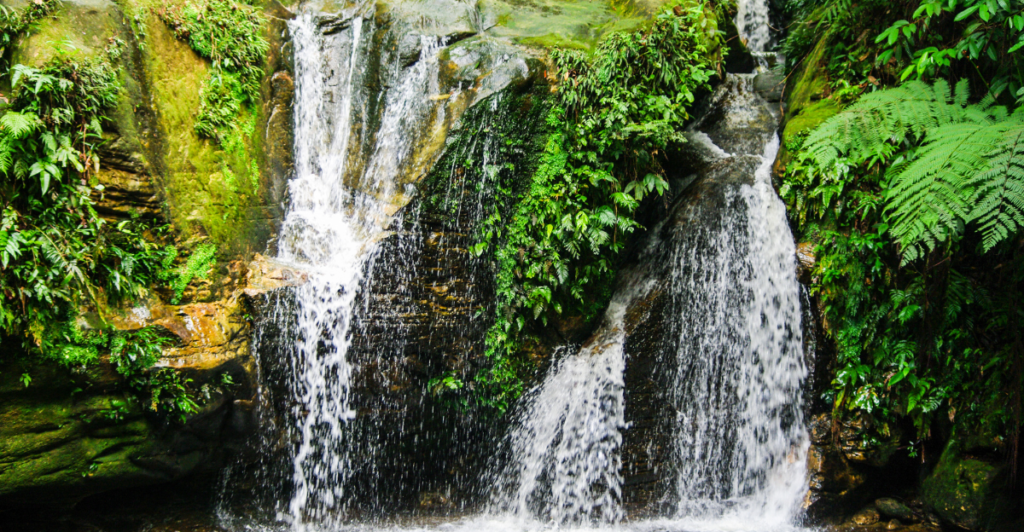
Climate change and deforestation could convert the majority of the Amazon rainforest into savanna, with massive impacts on the world’s biodiversity and climate. The interplay between deforestation and climate change creates a vicious cycle, where each exacerbates the other, pushing the Amazon closer to an irreversible tipping point.
International Commitments
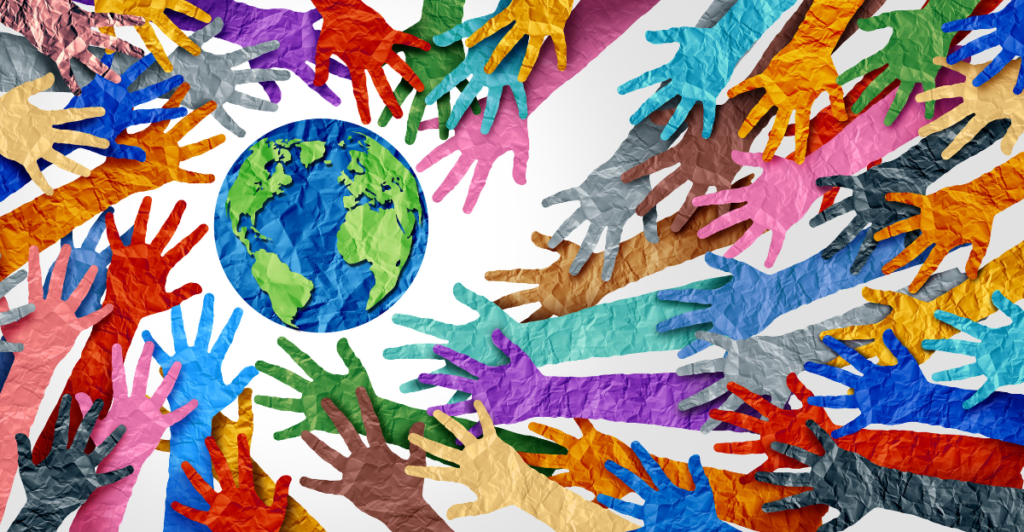
In 2021, during the COP26 climate summit, over 100 countries, representing approximately 85% of the world’s forests, reached a significant agreement to end deforestation by 2030. This agreement, an improvement on the 2014 New York Declaration on Forests, which initially aimed to reduce deforestation by 50% by 2020 and end it by 2030, now includes Brazil as a signatory. However, deforestation increased during the 2014–2020 period despite the previous agreement, casting doubt on the effectiveness of such pledges.
Brazil’s Domestic Policies
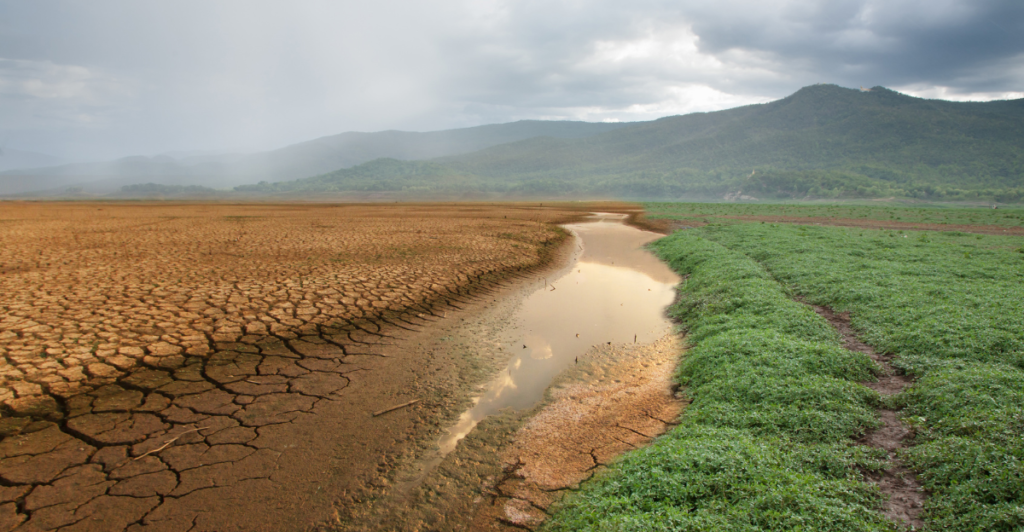
In June 2023, Brazil’s government unveiled a plan to eliminate deforestation in the Amazon by 2030, focusing on strengthened law enforcement against environmental crimes. However, in September 2024, President Luiz Inácio Lula da Silva committed to completing the paving of the BR-319 highway through the Amazon rainforest, a move scientists warn will drastically increase deforestation. This contradiction in policy highlights the complex balance between development and conservation in Brazil.
Corporate Initiatives

In a bid to offset their carbon emissions, major corporations are investing in the Amazon. In September 2024, companies including Amazon committed to purchasing $180 million in carbon offset credits to support rainforest conservation in Brazil’s Para state through the LEAF Coalition initiative. While such investments are steps in the right direction, their long-term impact on reducing deforestation remains to be seen.
Financial Mechanisms for Conservation
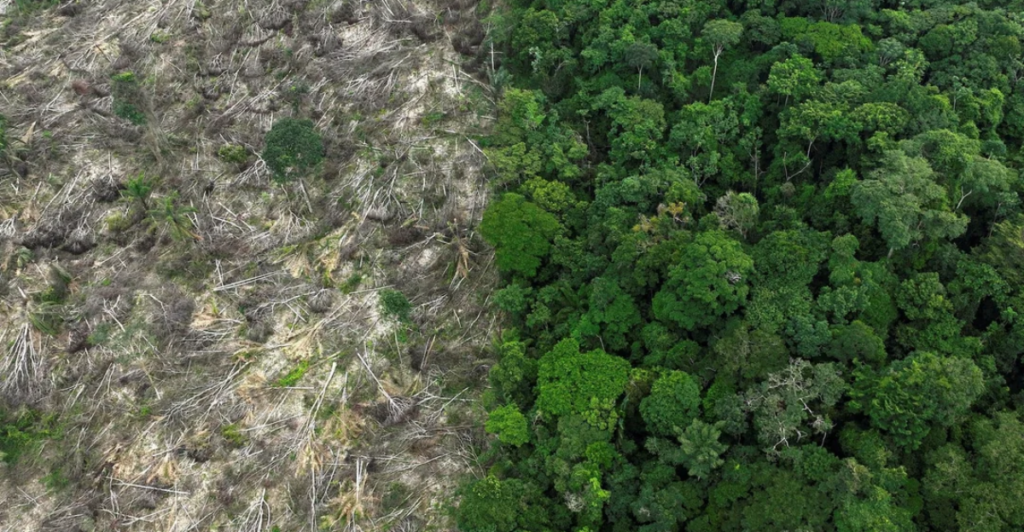
Innovative financial instruments are being developed to fund conservation efforts. The Amazon Reforestation-Linked Bond, valued at $225 million, links capital market investors to reforestation projects, tying their financial returns to positive environmental outcomes. Such mechanisms aim to attract private capital to support the sustainable management of the Amazon, but their effectiveness depends on robust implementation and monitoring.
The Role of Technology in Monitoring
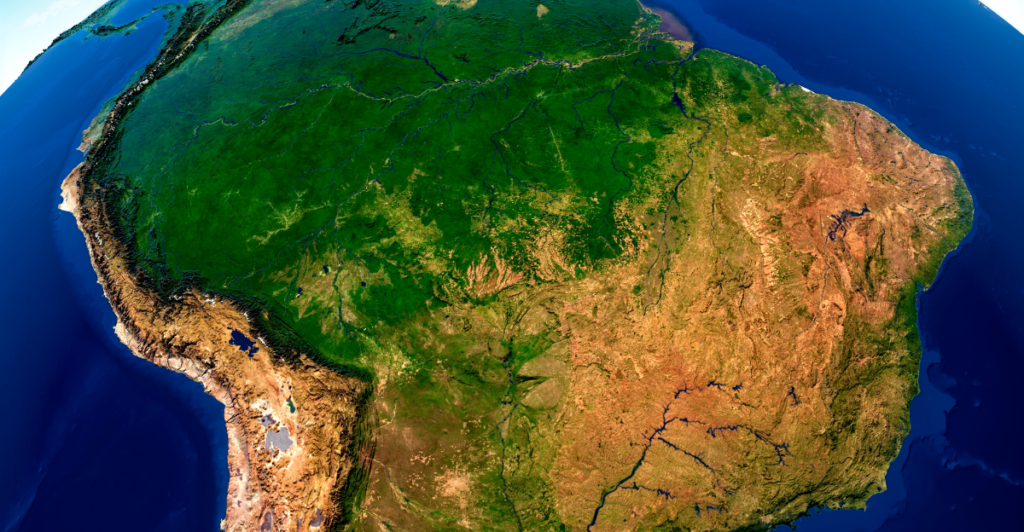
Advancements in satellite technology have enhanced our ability to monitor deforestation in real time. Programs like the Monitoring of the Andes Amazon Project (MAAP) provide critical data on forest loss, illegal logging, and other threats. This information is vital for enforcement agencies and policymakers to take timely action against environmental crimes. However, the challenge lies in translating data into effective on-ground interventions.
Indigenous Communities and Conservation
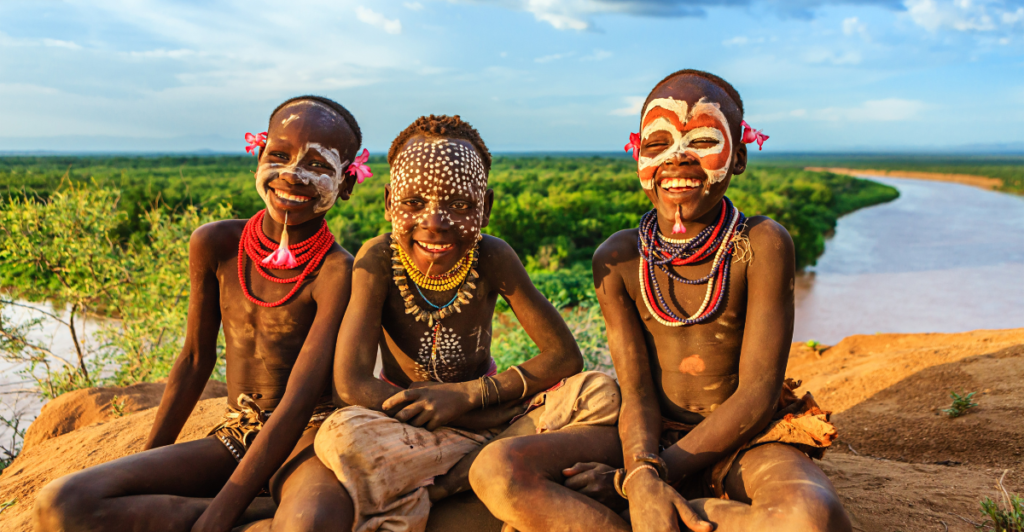
Indigenous communities have long been the stewards of the Amazon, possessing invaluable knowledge about its ecosystems. Empowering these communities through legal land rights and financial support is crucial for conservation. Studies show that deforestation rates are significantly lower in indigenous territories compared to other areas. Recognizing and supporting indigenous land rights is not just a moral imperative but also a practical strategy for preserving the Amazon.
The Tipping Point
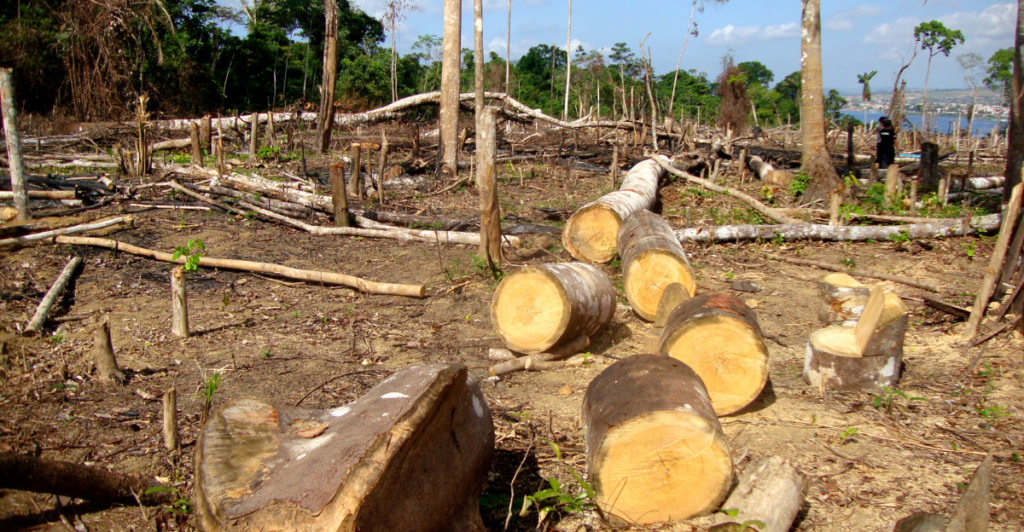
Scientists warn that the Amazon is approaching a critical tipping point, beyond which it could transform into a savanna-like ecosystem. This shift would release massive amounts of stored carbon, further accelerating global warming. Current deforestation and degradation trends suggest that this tipping point could be reached within the next few decades, making immediate action imperative.
Prospects for 2030
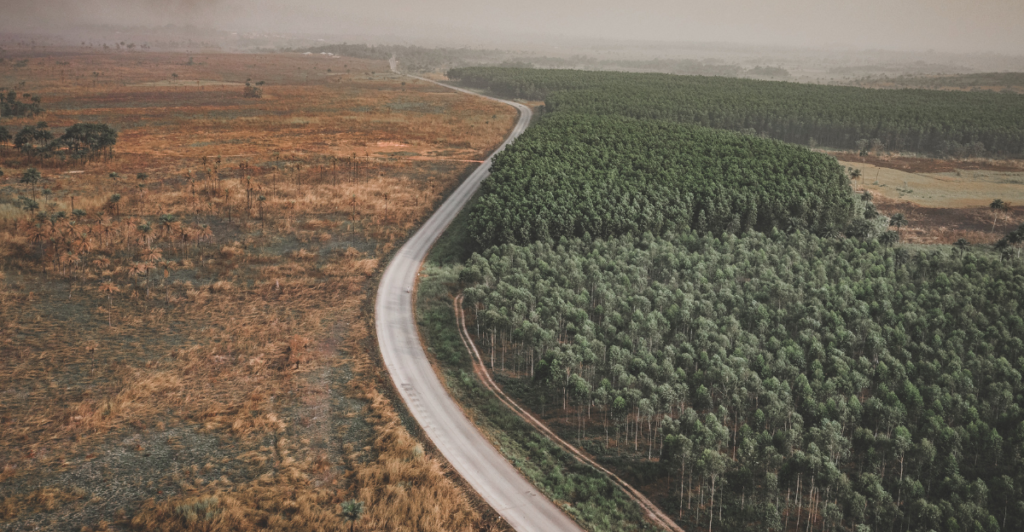
Given the current trajectory, the goal of ending deforestation in the Amazon by 2030 appears increasingly elusive. While there have been some reductions in deforestation rates, the overall progress is insufficient to meet the target. Systemic challenges, including political contradictions, economic pressures, and enforcement limitations, continue to hinder meaningful progress. Without a significant shift in global and local priorities, the Amazon may lose up to 27% of its original forest cover by 2030. This would not only cripple its ecological functions but also devastate the indigenous communities who depend on it. Governments, corporations, and civil society must align their efforts to combat deforestation effectively. Progress is possible, but the window of opportunity is rapidly closing. Failure to act decisively will result in irreversible losses, with dire consequences for the planet.
A Call to Action
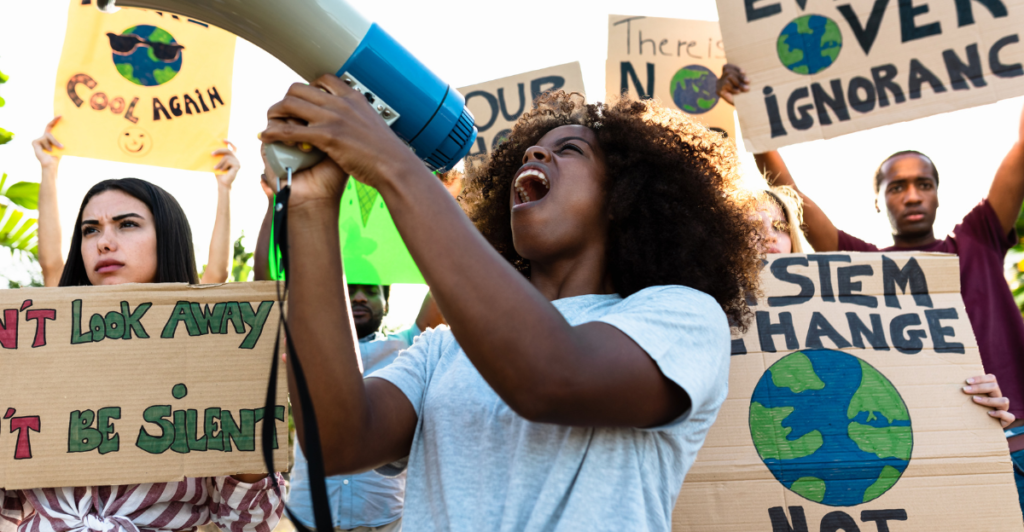
The fate of the Amazon rests in the hands of humanity. It requires immediate, unified action across all levels—local, national, and global. Policymakers must enforce strict anti-deforestation laws and prioritize sustainable development. Corporations must adopt and fund eco-friendly practices, while individuals can support conservation efforts through donations and advocacy. The Amazon’s survival is not just a regional issue; it’s a global emergency. The question remains: will the world act in time, or will 2030 mark the beginning of its end?
Discover more of our trending stories and follow us to keep them appearing in your feed

8 Massive Ice Age Animals That Once Roamed North America
Top 10 Largest Domestic Cat Breeds by Weight
Most Poisonous Birds and Where to Find Them
11 Strongest Animals On Earth and Where to Find Them
References:
Brazil fires consumed wilderness area larger than Italy in 2024
A changing Amazon?
Brazil’s Lula unveils plan to stop deforestation in Amazon by 2030
Stay connected with us for more stories like this! Follow us to get the latest updates or hit the Follow button at the top of this article, and let us know what you think by leaving your feedback below. We’d love to hear from you!







